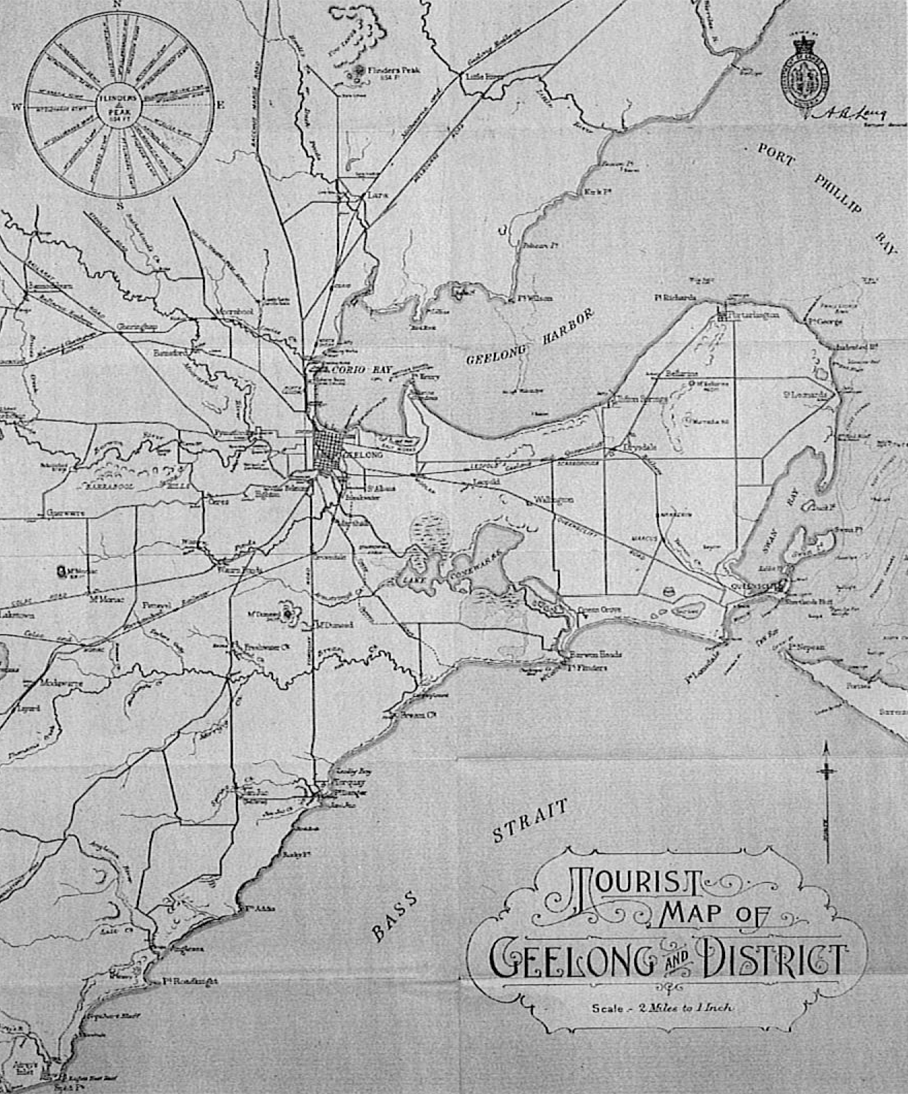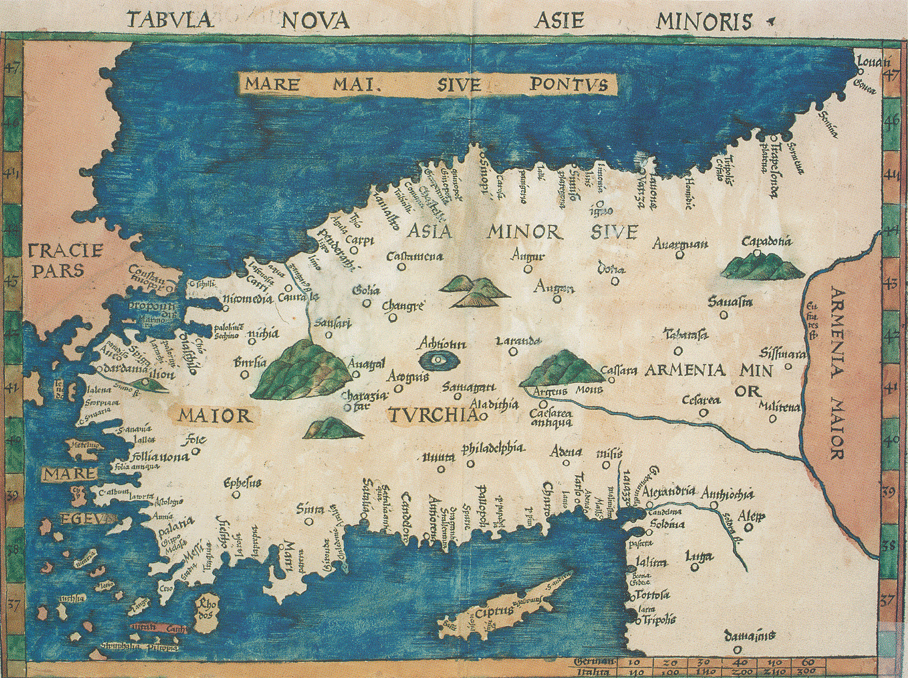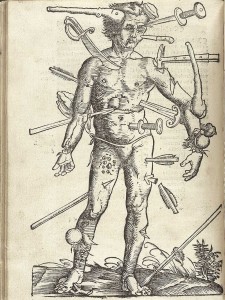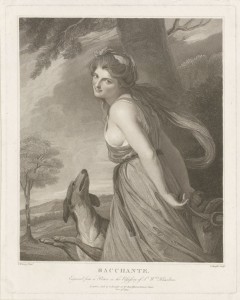The Social Policy Archive
In 1993, associate professor in Youth Studies Dr David Maunders saw his vision to establish a Social Policy Archive (SPA) at RMIT University come to fruition. Transfers into the Archive occurred throughout the mid-1990s; much of it coming from lecturers at RMIT and their social welfare sector connections. The SPA was primarily a research collection focusing on the broad area of social policy, youth, and child-care services based at RMIT Bundoora (formerly Phillip Institute of Technology). Following decommissioning of the archive in its original context, much of the collection was transferred to the University of Melbourne Archives (UMA) in 2013 as a means of once again making the collection available to researchers.

The SPA is a collection of deep research value with records spanning a century and multiple organisations and individuals, reflecting a collection strategy to capture the records of community sector organisations operating in the welfare sector. The collection contains material from the Citizens Welfare Service (CWS), Youth Advocacy Network and the Youth Affairs Council of Victoria, as well as professional and government bodies. The community sector was particularly active in the period when many of the records were created, (1970s-1990s) and the period was one of significant change in government and society both in terms of the economy and social relations. The collection strikes a balance between theoretical studies, research papers, case files, and administrative records, reflecting its intended use for education and research.
The SPA develops UMA’s existing holdings in the welfare sector, linking to existing research collections origination from the CWS Victoria, Australian Red Cross Society Archive and the professional papers of social workers including Teresa Wardell (link to specific accession 1986.0123), Leonard Tierney (2008.0060) and Concetta Benn (2012.0025). It complements other UMA collections with connections to the youth sector such as Youth Hostels Association, Young Women’s Christian Association of Australia, and Junior Red Cross.
Parts of the Social Policy Archive are also contextualised by large social research collections held at the University of Melbourne such as the University of Melbourne Social Survey (1941-1943), the 1964-1968 Institute of Applied Economic and Social Research Survey of Living Conditions in Melbourne, and the more recent public opinion based Age Polls in the Irving Saulwick collection. The SPA includes:
- Publications and administrative records of the State Youth Council, Youth Advocacy Network and the Youth Affairs Council of Victoria as well as correspondence and reference files, reports and publications of the Youth Policy Development Council.
- A range of records documenting the activities of the Youth Workers Association of Victoria.
- Reports and reference papers dating from 1961-1991 collected or generated by the Youth Council of Victoria, covering a wide range of topics within the broad field of youth and community affairs.
- Terms of reference, minutes of meetings, submissions and the final report of the Committee of Enquiry in Child Care Services in Victoria (commonly known from the name of the Chairman as the Norgard Inquiry).
Other significant series in the collection are;
- Administration and correspondence files (1891 – 1988) of the Citizens Welfare Service recording policy development and precedent issues. Correspondence, reports and news-cuttings collected by CWS and its predecessor agencies.
- CWS client case records 1943 – 1987, whilst narrow in their scope of relationship, support and general counselling, provide a strong and complete longitudinal sample; these files are also from an agency that was pioneering professional techniques.
- Social welfare conference papers and collected annual reports from a variety of charitable organisations (1946 – 1996).
- Australian Government published research reports of studies undertaken in connection with the Australian Government’s Commission of Inquiry into Poverty. Topics include migrants, rural poverty, long term unemployment, Aboriginal and Islanders, and welfare service delivery.

Much of the collection is open to researchers although case files and other parts of the collection containing sensitive personal information will require permission from the organisation that created the records as well as completion of a deed of undertaking to anonymise research findings. Further information, including detailed finding aids, and more advice about access conditions is available through the UMA online catalogue. To access the collection contact the UMA reference service: archives@archives.unimelb.edu.au or 8344 6848.





![Antoine-Alexandre-Joseph Cardon after Giuseppe Bracci, [Fragment of] Map of the Bay of Naples, (1772), etching and engraving, Baillieu Library Print Collection, the University of Melbourne. Gift of Dr J. Orde Poynton 1959.](https://blogs.unimelb.edu.au/librarycollections/files/2015/07/1959.2959-MF-300x206.jpg)



